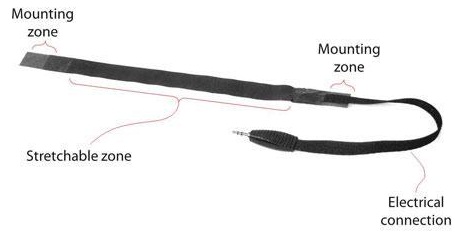Drain Brain

Drain Brain – more formally known by its full name Strain-gauge Plethysmographic Analysis of the CErebral DRainage Experimented and Assessed in the Micro-gravitational Setting – is a new ISS study that will look at the flow of blood from the human brain back to the heart – a process that is normally driven by gravity. In space, with no gravity, other mechanisms are at work in this process which are to be identified by this experiment. It is known that crew members are often experiencing headaches (see Study ‘Space Headaches’) or other neurological symptoms that may be caused by insufficient blood flow through the veins due to an absence of gravity.
The Drain Brain study will use a neck collar to measure the blood flow from the brain to point to physical processes used by the body to maintain a blood flow from the brain to the heart in microgravity.
The study uses Strain-gauge plethysmography, a non-invasive technique that measures variations in capacitance that are associated with changes in blood volume. These measurements are made through a stretch sensor worn around the neck. This technique has several advantages when aiming to put it in use in the space environment – it is non-invasive, non-operator dependent and requires a minimum amount of crew time for setup and maintenance.
In addition to its application to study cerebral circulation, the technology used in Drain Brain can also be employed on Earth to study venous blood flow in patients with heart- and neurological conditions. Researches are interested in studying the relationship between brain-related veins and cognitive disorders to see whether this novel system could be used to screen for vein abnormalities occurring in conditions such as Alzheimer’s disease.
